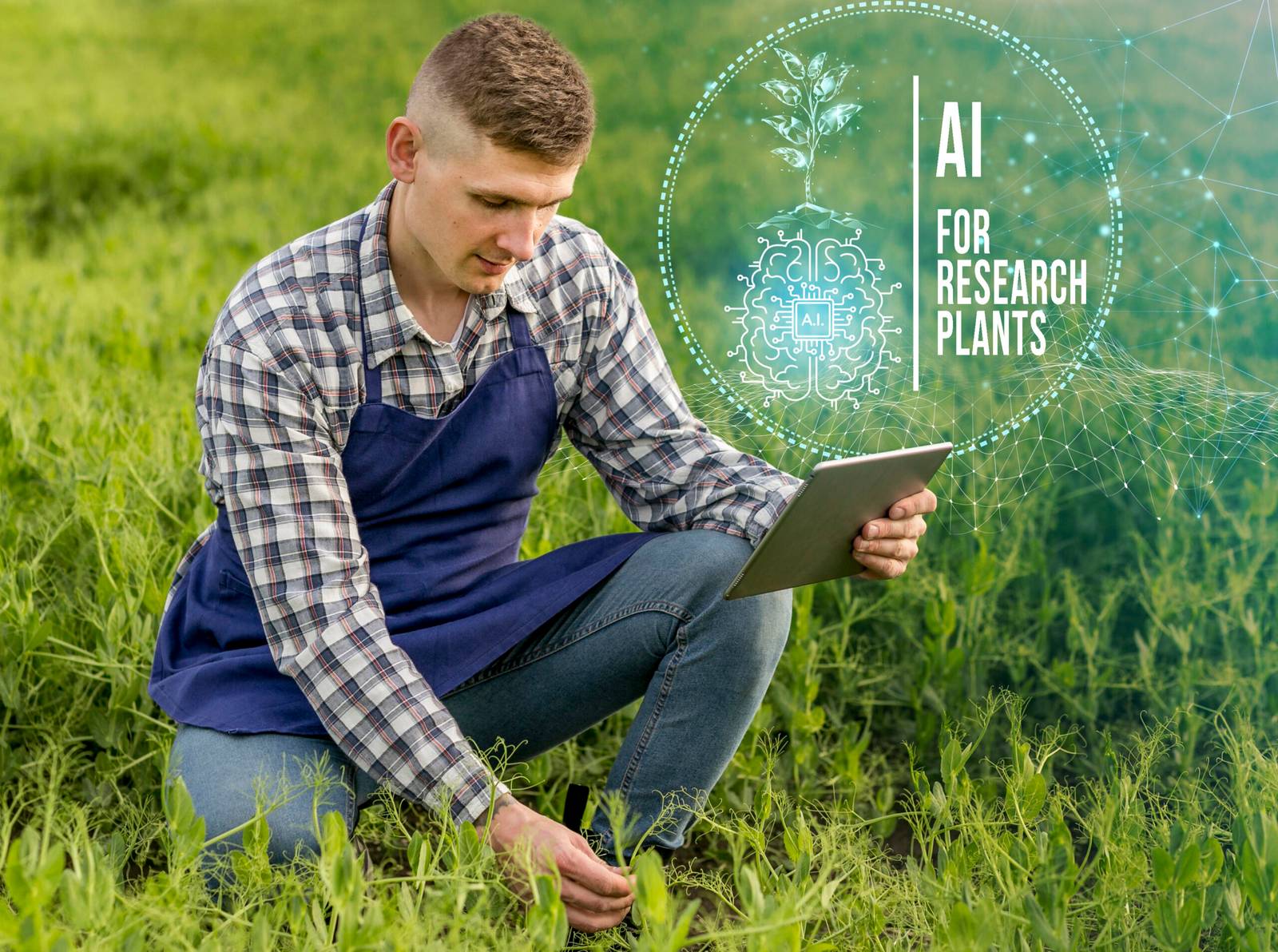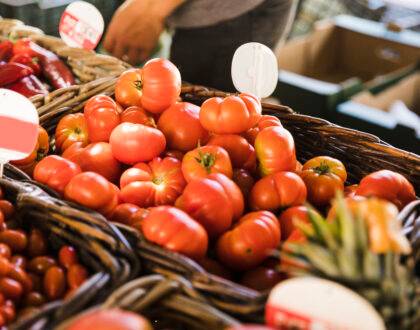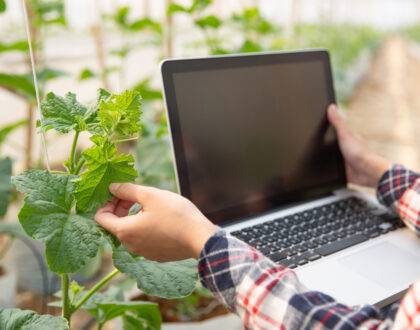How Tech is Revolutionizing Farming and Food Production

by Web Digital
Technological Barriers: Access to advanced technologies and digital infrastructure can be limited in rural areas, posing a barrier to the implementation of Smart Agriculture practices. Efforts are needed to ensure that technology is accessible to all farmers, regardless of their location or resources.
Data Privacy and Security: The collection and sharing of sensitive agricultural data raise concerns about data privacy and cybersecurity. Farmers and stakeholders must take measures to protect the confidentiality and integrity of their data, as well as address issues related to data ownership and control.
High Costs: Implementing Smart Agriculture solutions can require significant upfront investments in technology, equipment, and training. For many small-scale farmers, these costs may be prohibitive. Finding ways to make Smart Agriculture more cost-effective and accessible is essential.
Environmental Impact: The production of IoT devices, sensors, and digital infrastructure can have an environmental footprint. As Smart Agriculture technology becomes more widespread, it’s important to consider the sustainability of these components and explore ways to minimize their impact.
Training and Education: To effectively utilize Smart Agriculture technologies, farmers need training and support. Many may lack the necessary skills and knowledge to fully embrace these innovations. Investment in education and training programs is crucial to ensure that farmers can make the most of Smart Agriculture practices.
The Future of Smart Agriculture
The future of agriculture is undeniably “smart.” As technology continues to advance at an unprecedented pace, Smart Agriculture will become increasingly accessible and affordable. Here are some glimpses into what the future may hold:
AI and Machine Learning: Artificial intelligence (AI) algorithms will provide more accurate predictions and recommendations for farming practices. Machine learning models will be able to analyze vast datasets to offer insights that optimize crop yields and resource allocation.
Autonomous Farming: Autonomous vehicles and robots will become more common on farms. These machines will handle tasks such as planting, harvesting, and weeding with precision and efficiency, reducing the need for manual labour.
Vertical Farming: Vertical farming, which involves growing crops in vertically stacked layers, will gain traction in urban areas. This approach maximizes space and resource efficiency, enabling year-round crop production.
Biotechnology Advancements: Genetic engineering and biotechnology will continue to advance, resulting in crops that are even more resilient to pests, diseases, and changing climate conditions.
Blockchain for Supply Chain: Blockchain technology will be more widely adopted throughout the food supply chain, enhancing transparency, traceability, and food safety. Consumers will have greater confidence in the origin and quality of their food.
Conclusion
Smart Agriculture is not just a buzzword; it represents a fundamental shift in how we produce food. It is a response to the challenges of feeding a growing global population while minimizing the environmental impact of agriculture. Smart Agriculture empowers farmers with data-driven insights and innovative technologies that improve productivity, conserve resources, and enhance sustainability.
While challenges such as cost, accessibility, and data privacy need to be addressed, the potential benefits of Smart Agriculture are too significant to ignore. As we look to the future, it is clear that technology will continue to play a pivotal role in shaping the agriculture industry. The path forward involves collaboration among farmers, researchers, governments, and technology providers to ensure that Smart Agriculture practices are not just the future but also a sustainable and equitable one. Smart Agriculture represents a bold vision for a more efficient, resilient, and sustainable food production system—one that can meet the demands of a changing world while preserving the health of our planet.
Recommended Posts

Oakville’s Best Farmers’ Markets: Fresh Produce and Local Finds
October 16, 2024

Brampton’s Farmers Markets: Fresh Produce and Local Delights
September 7, 2024

Tech Solutions for Sustainable Agriculture
November 25, 2023
